One of the first mass-appeal digital DCO synths Roland released was the JX-3P, and the MKS-30 Planet-S is basically the rack version. The PG-200 control unit is essential to get as an add-on, and naturally works with both the Planet S, and the JX-3P.
The MKS-30 is obviously the same 2 oscillator polysynth as the JX-3P. Each Osc' has choice of Square, Saw and Pulse wave. Oscillator 2 also offers Noise, Tune & Fine-Tune. Each oscillator has three octaves of range (4',. 8', 16'), with 8' being standard.
Each Osc' can be switched to Frequency Modulation with choice of LFO or Envelope, and there is also a Cross-Modulation option with Sync or 'Metal' which is Ring modulation.
The MKS Envelope Modulation choices are Inverted or Normal envelope mode, and the LFO offers Sine Square or Random waves, Delay-time & Rate.
On to the Filter section: This has Source mix, a High-Pass filter control, with Cut-off & Frequency, as well as Depth setting controls for Envelope Modulation & LFO Mod'. Again, the envelope here can be inverted.
Finally the VCA has a Level Control as well as a Mode switch, selectable between Envelope, where it is assigned to the 4 stage Envelope control section, or Gate mode. There is also a Pitch Follow control and finally as a finishing touch, a built in Chorus with On/Off switch.
The MKS-30 has MIDI, accepts velocity, channel and pitch & wheel & pedal data. It has a simple 2 character LED readout for patch & bank positions, and cursor buttons for data scrolling. Also on the front is a Master Tune and 'Brilliance' control, a slot for a plug-in data cart, the socket for the programmer unit's lead, and a useful MIDI Message LED to let you know the signal is getting there.
Round the back, the unit has a stereo out in the form of 2 x 1/4" jacks for the stereo chorus which can be added in the edit menu and MIDI IN and THRU, plus a 3 way output volume switch.
In edit mode, the synth sections are assigned numbers on the LED screen: 41 = Oscillator-1 Tune. - 16 = Filter Cut-off etc. Punch the number for a value, then edit the value using the cursor buttons.
The LED display can be scrolled numerically up and down to adjust single parameters at a time, you then switch to the next parameter etc etc, and save it in any of the units 64 locations which are devided into 8 Banks x 8 patch locations. You can also add a plug-in data cartridges for further 64 saves.
The PG-300 programmer
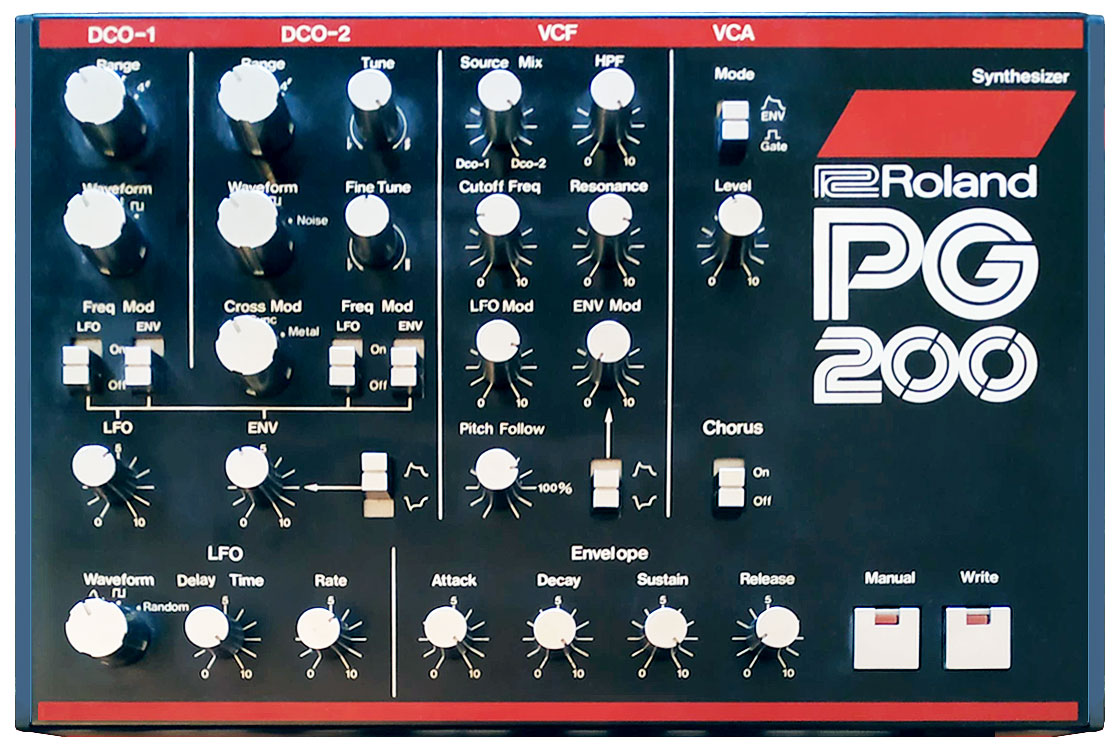
Due to the 'Choose 'n' Edit' cursor method, the MKS alone obviously cannot perform real time control changes on a track other than envelope, LFO, wheel or pedal assignments, so the trusty PG-200 comes to the rescue, looking like some techno hedgehog. Once you get this baby, the MKS really comes to life.
The PG-200 is about 9" x 6", and connects with very short cable. It also has 2 magnetic strips underneath so that when you sit the programmer on top of the flat blank metal case top of the keyboard version JX3-P, it sticks. When using the PG-200 with the MKS-30 however these magnetic strips are not useable & the cable is never long enough to reach to any flat worksurface in most studio situations. For that, ideally you need a longer cable, as the unit will be in a rack, and the controller is desktop. Therefore when using the PG-200 with the MKS-30 you tend to leave a gap in the rack and place the PG programmer between the MKS-30 and some other item of gear in the rack. Not ideal.



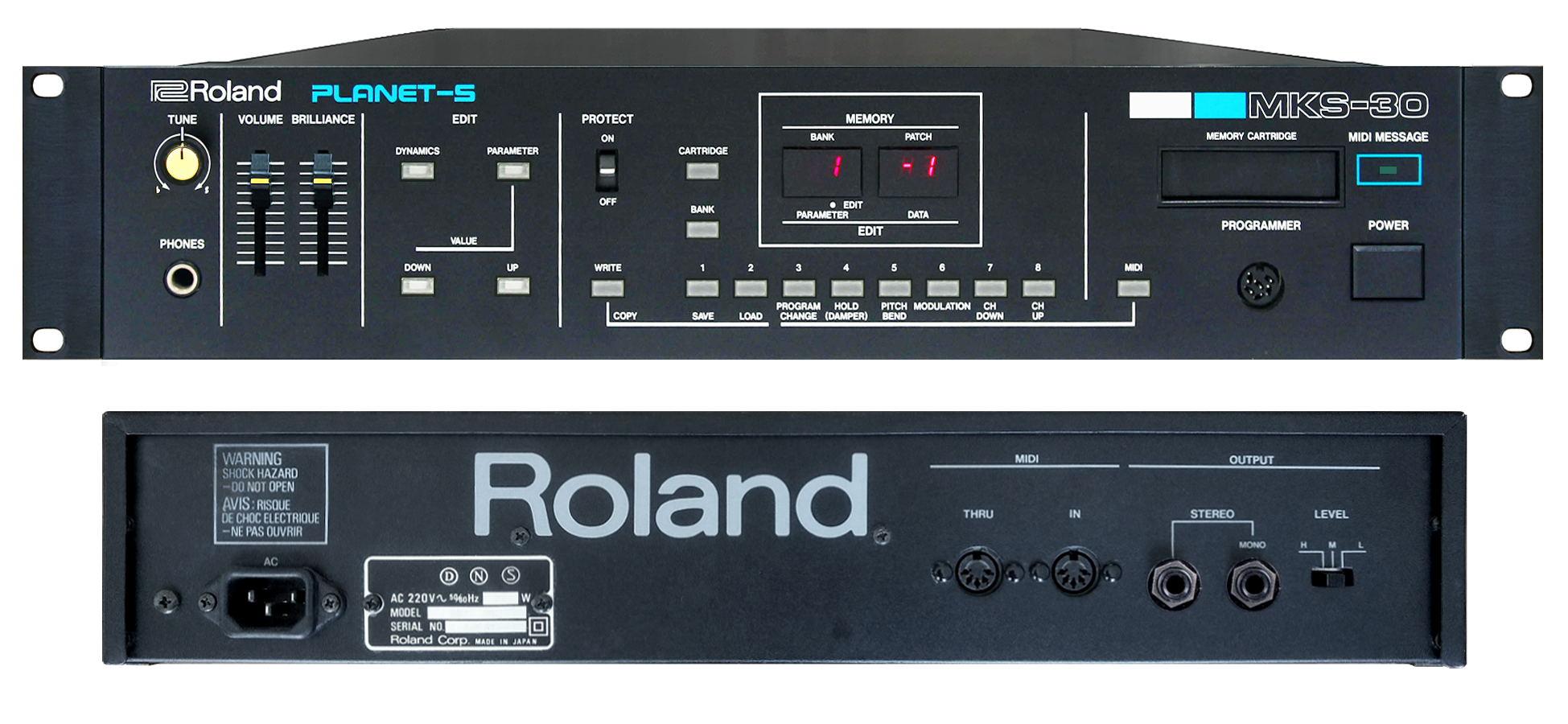

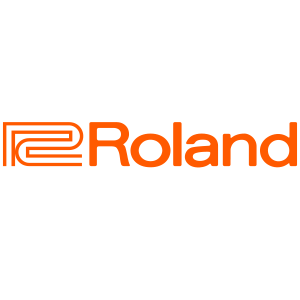
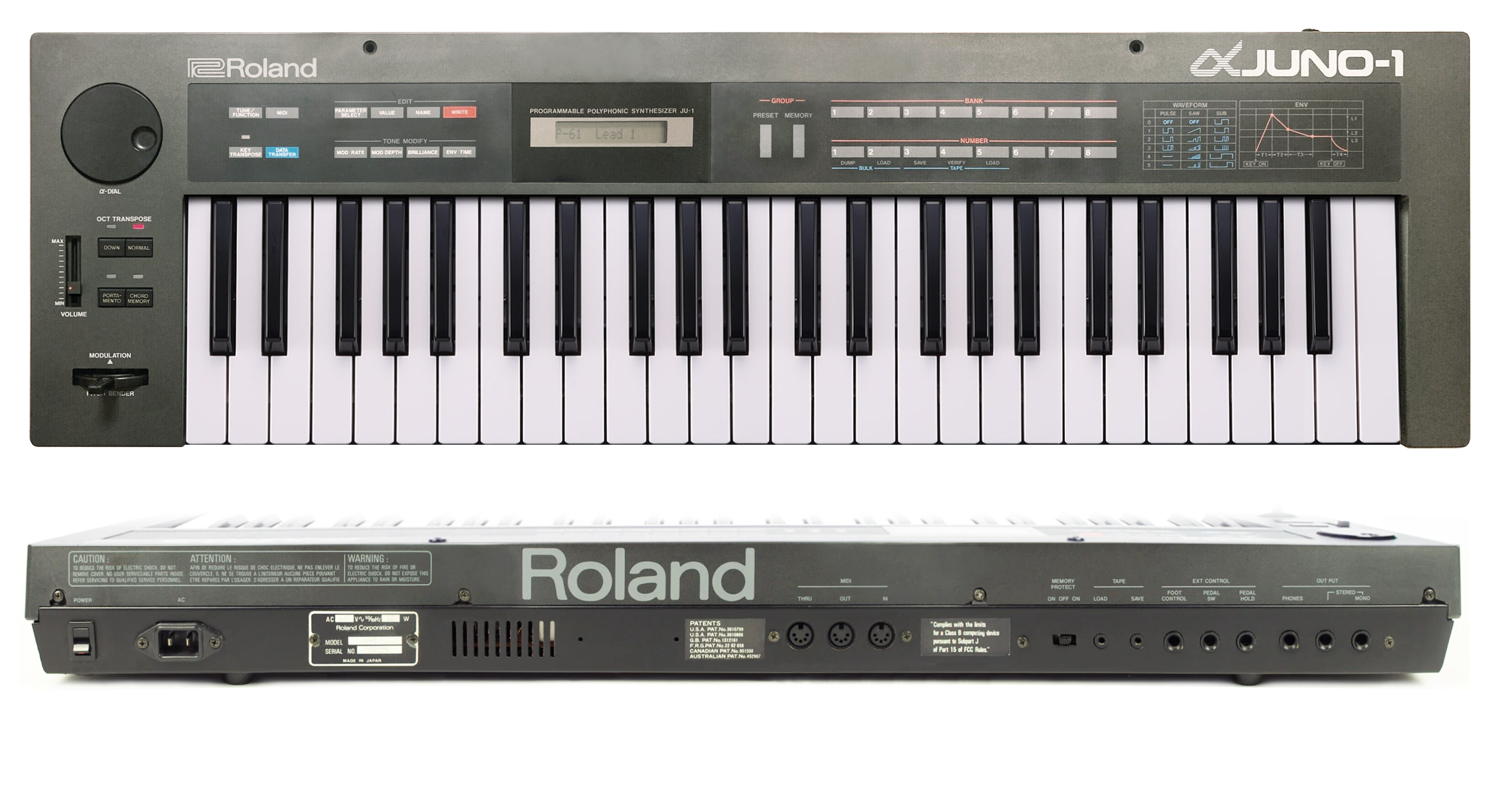
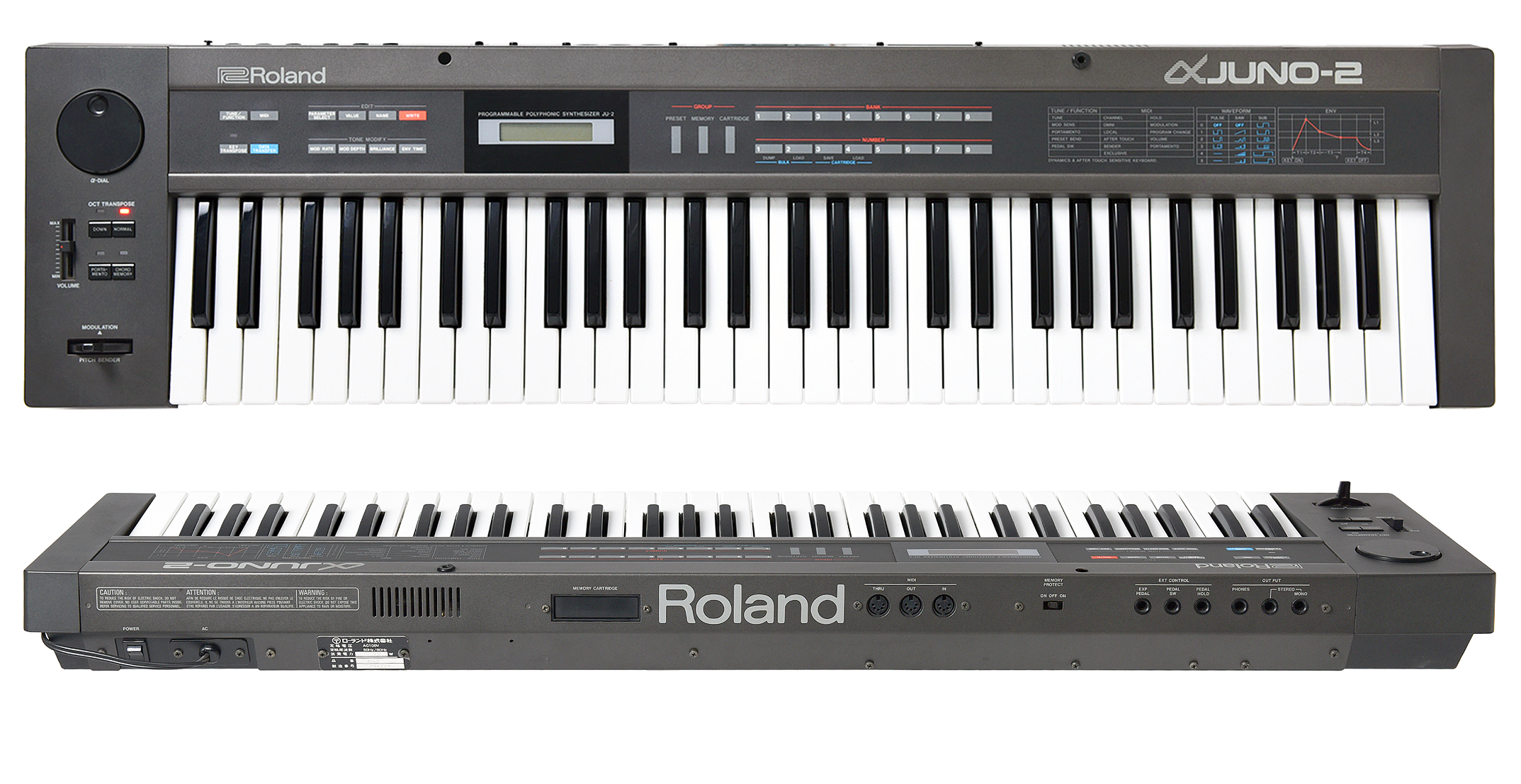
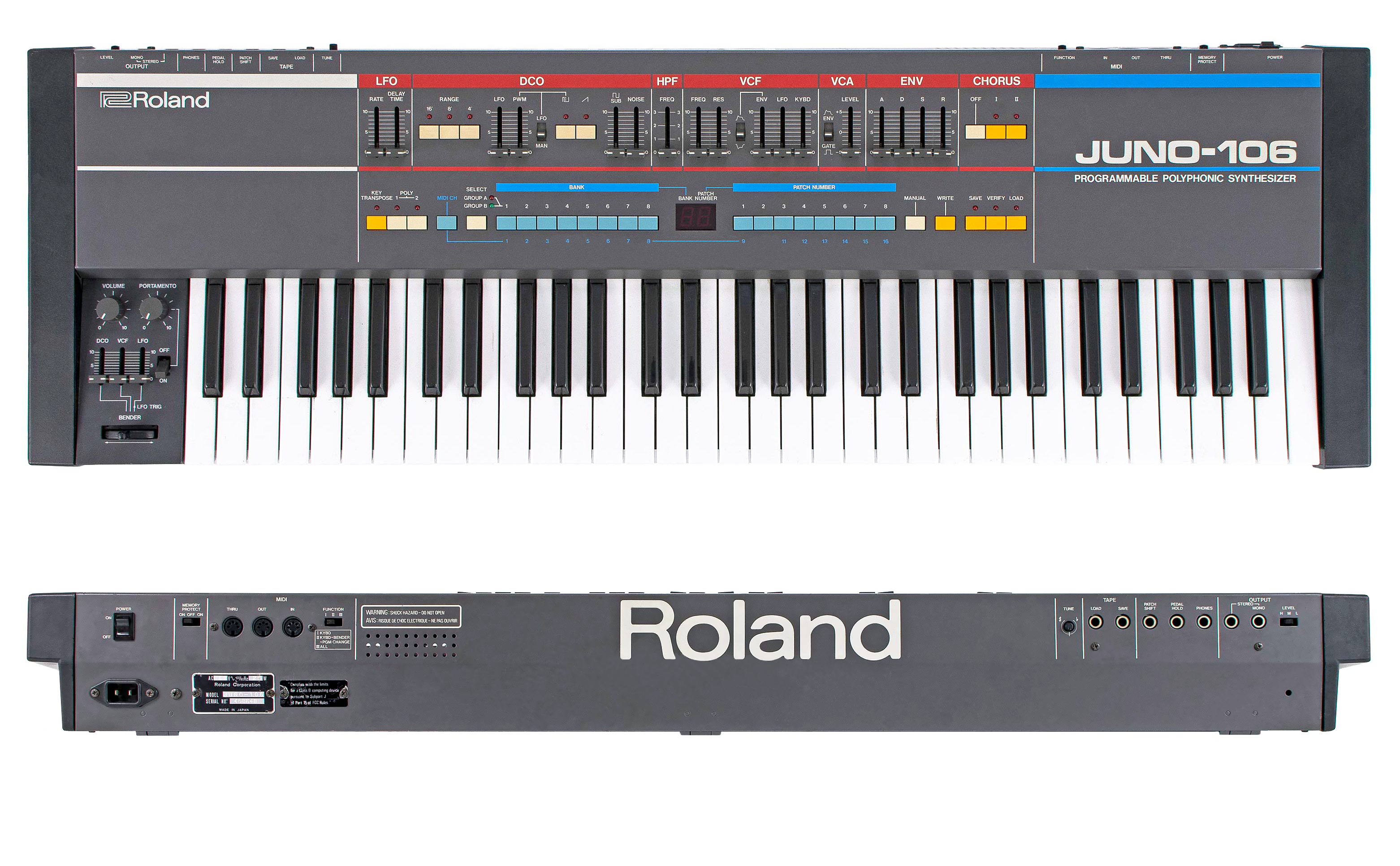
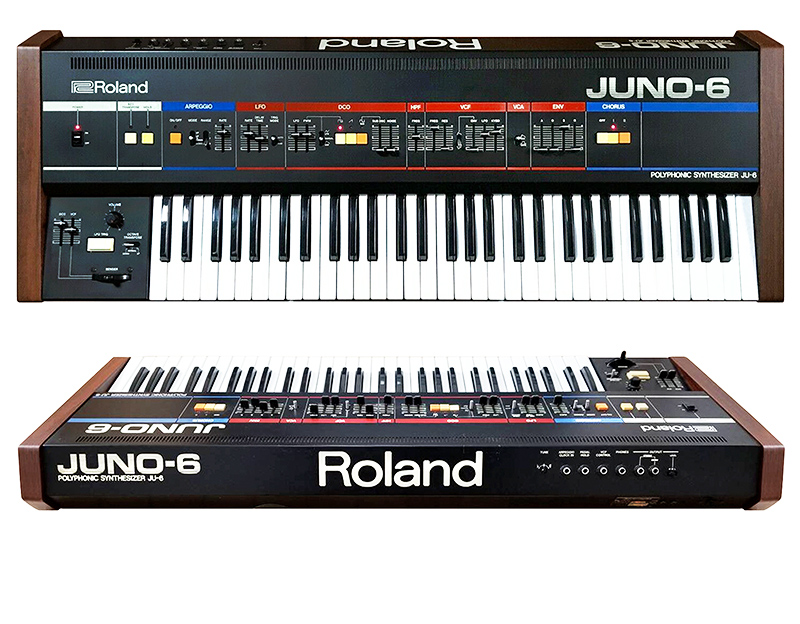
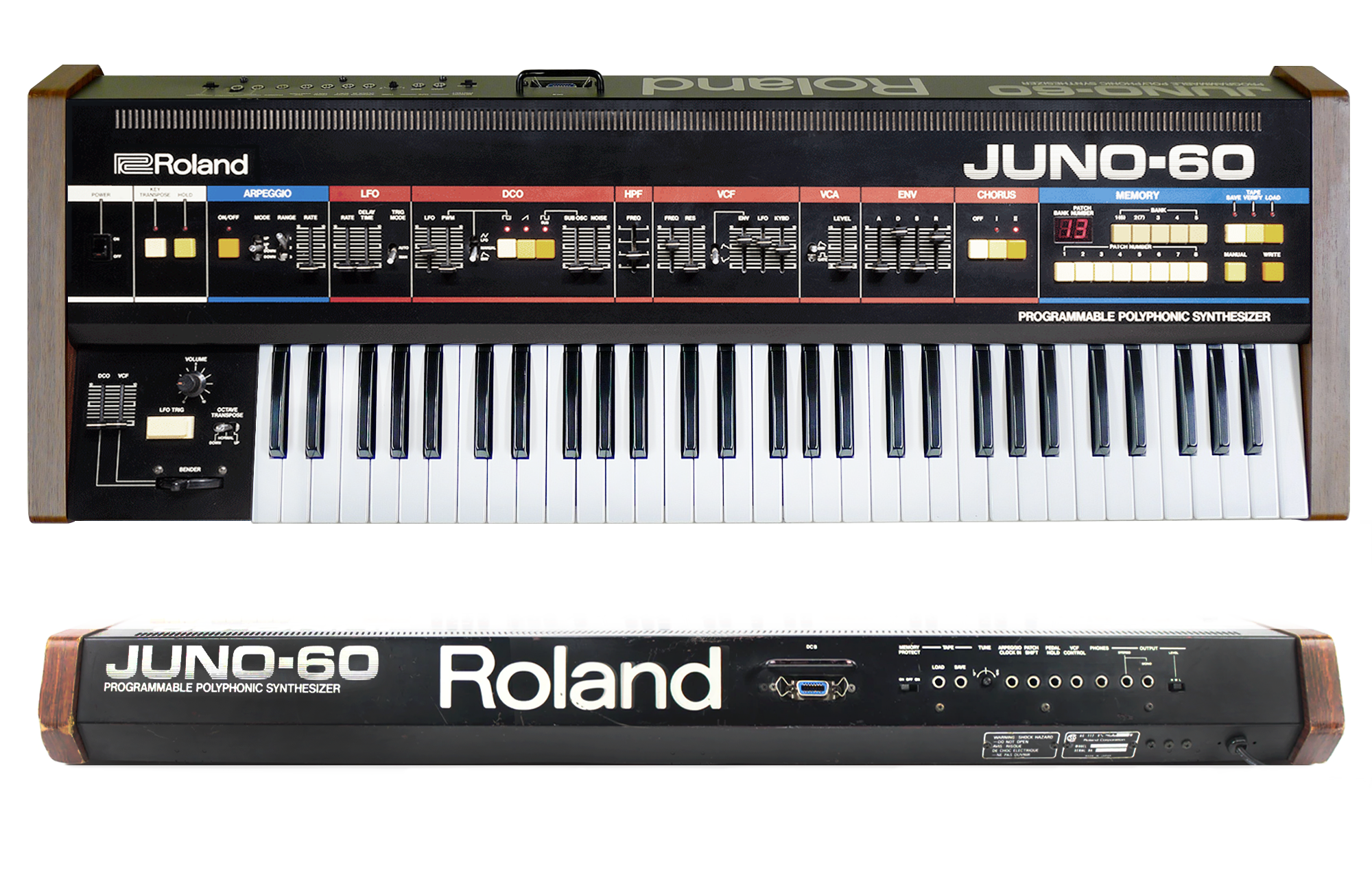
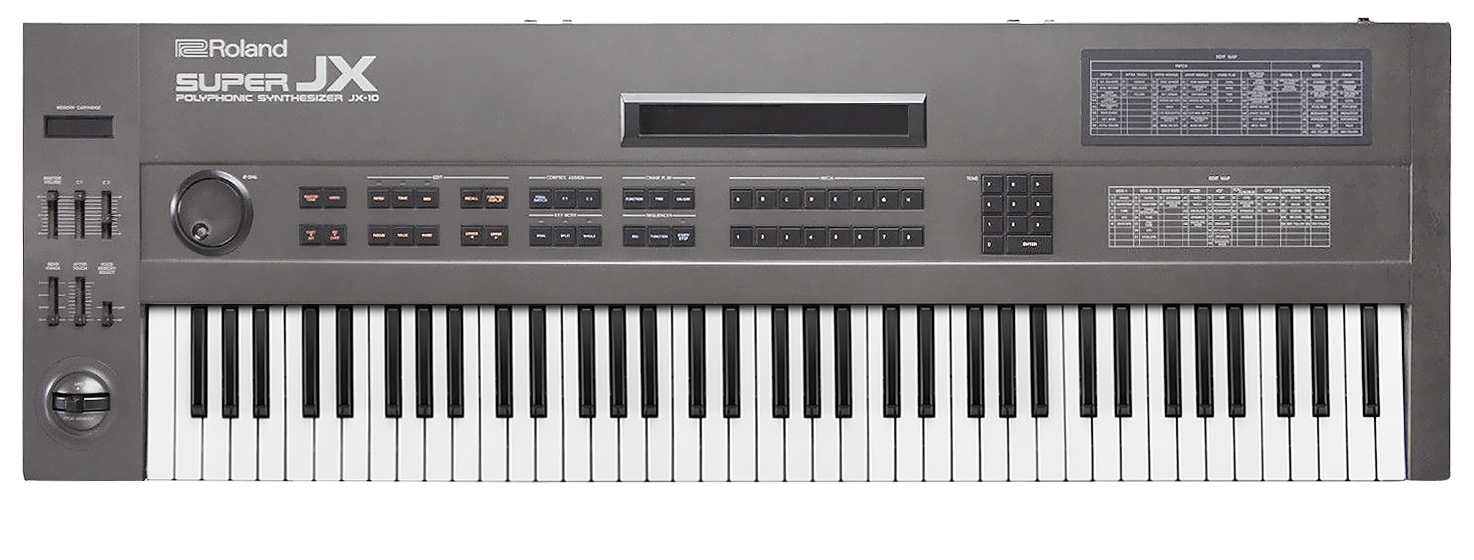
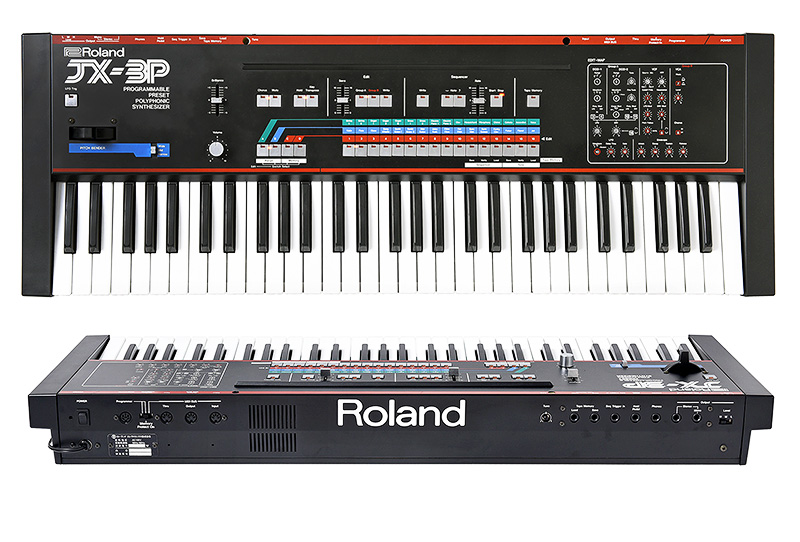
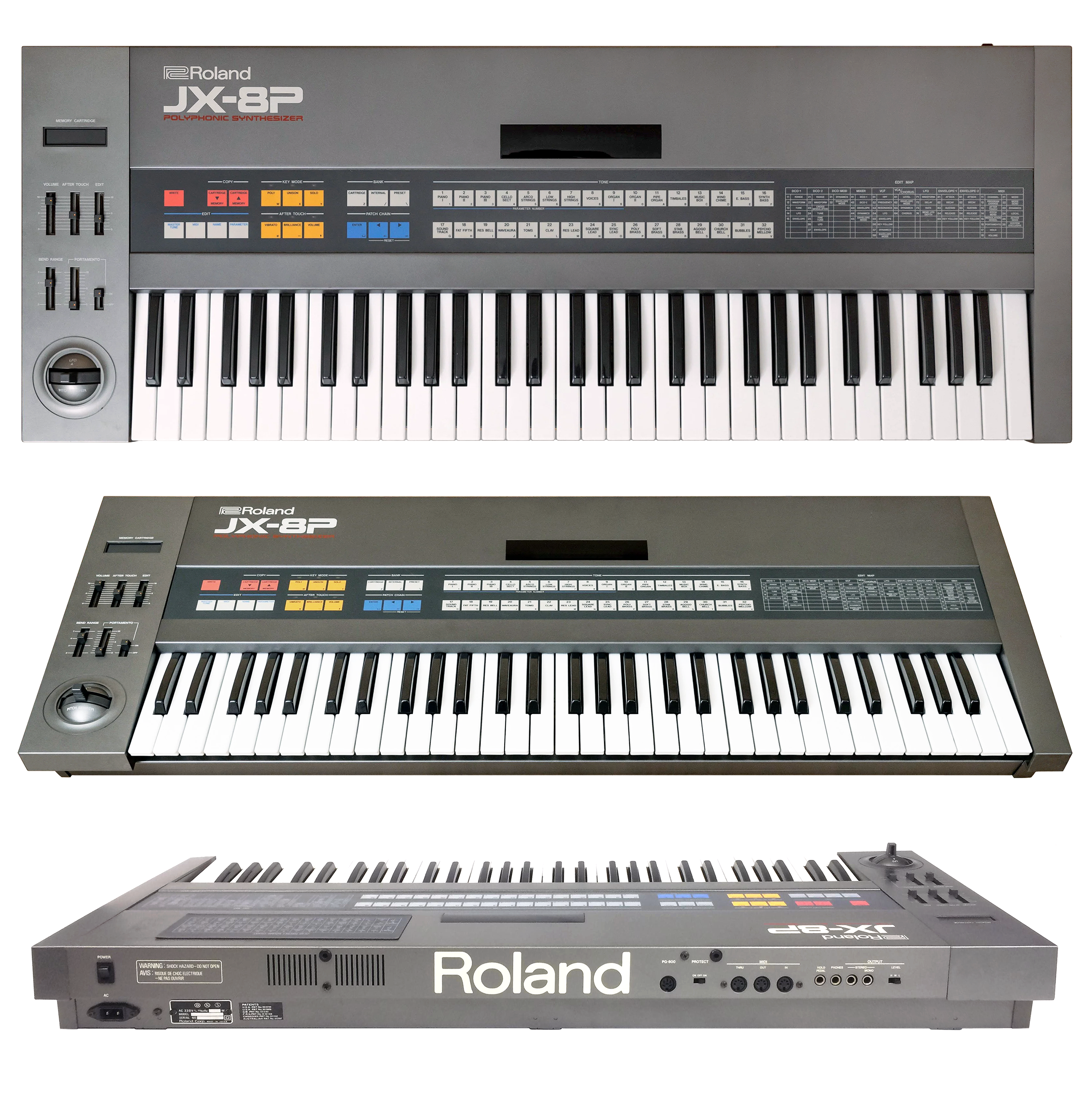

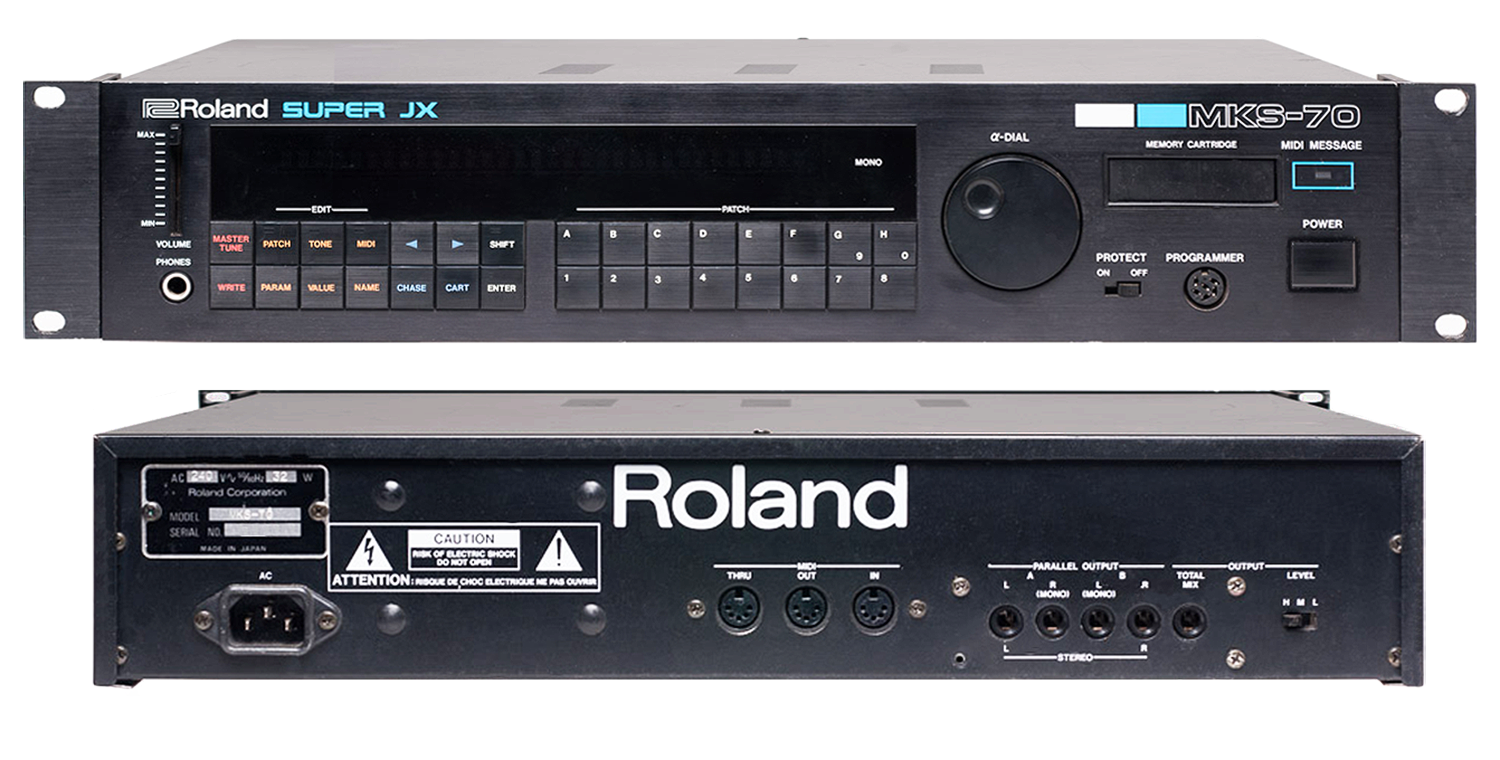
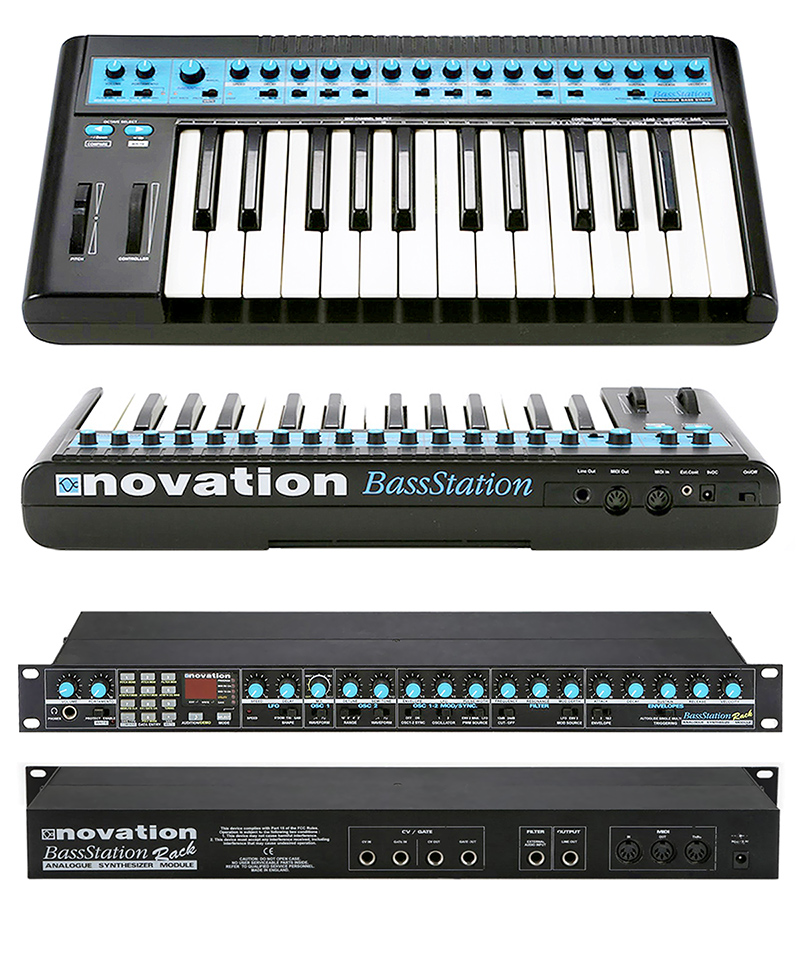
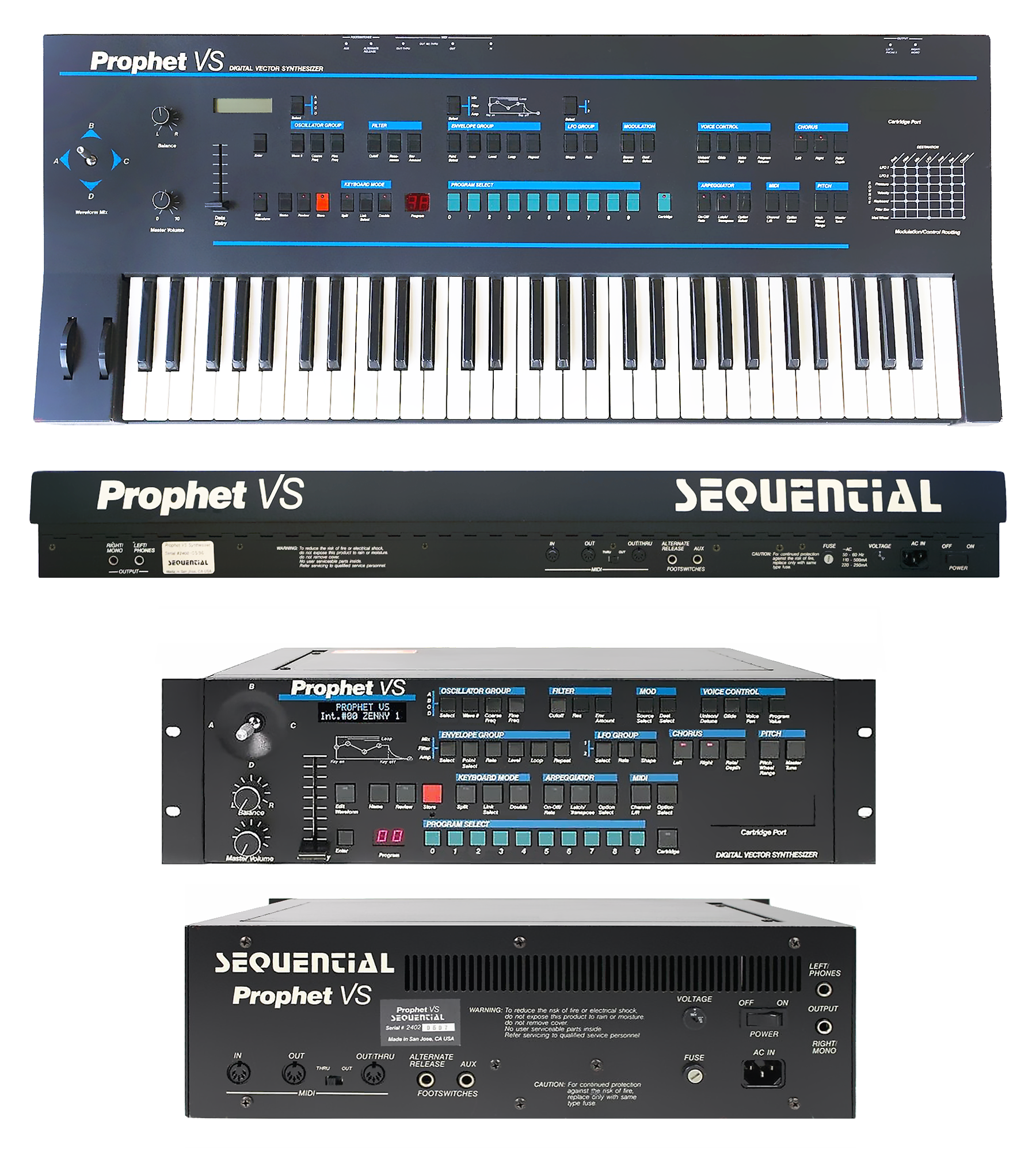
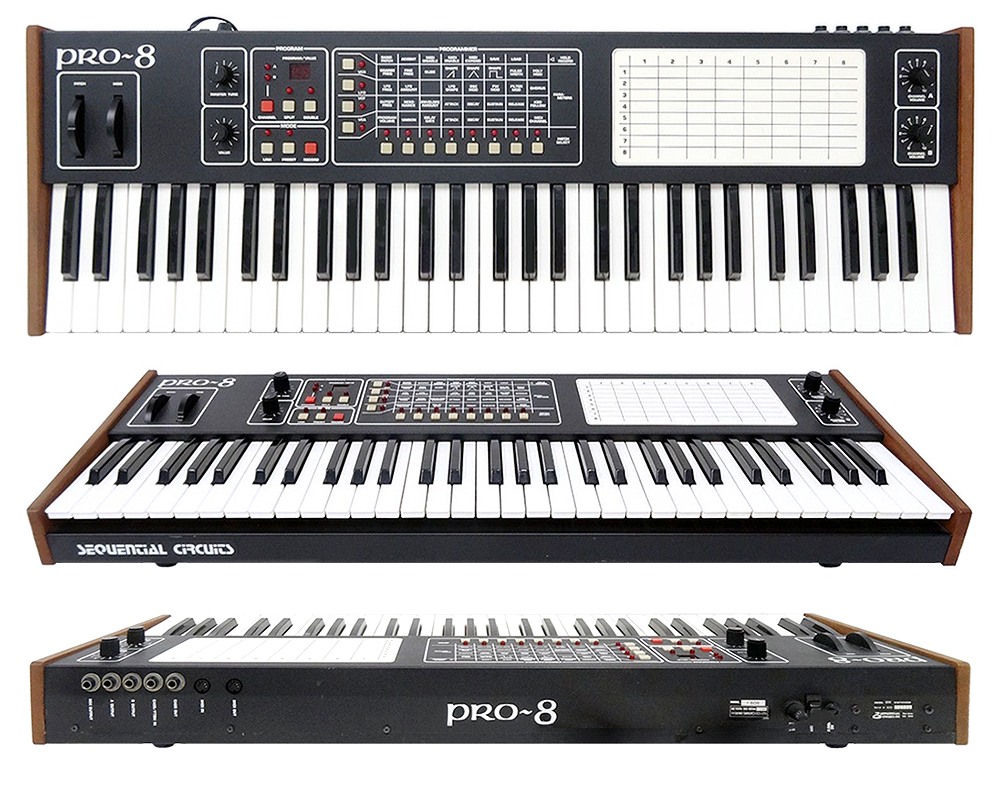
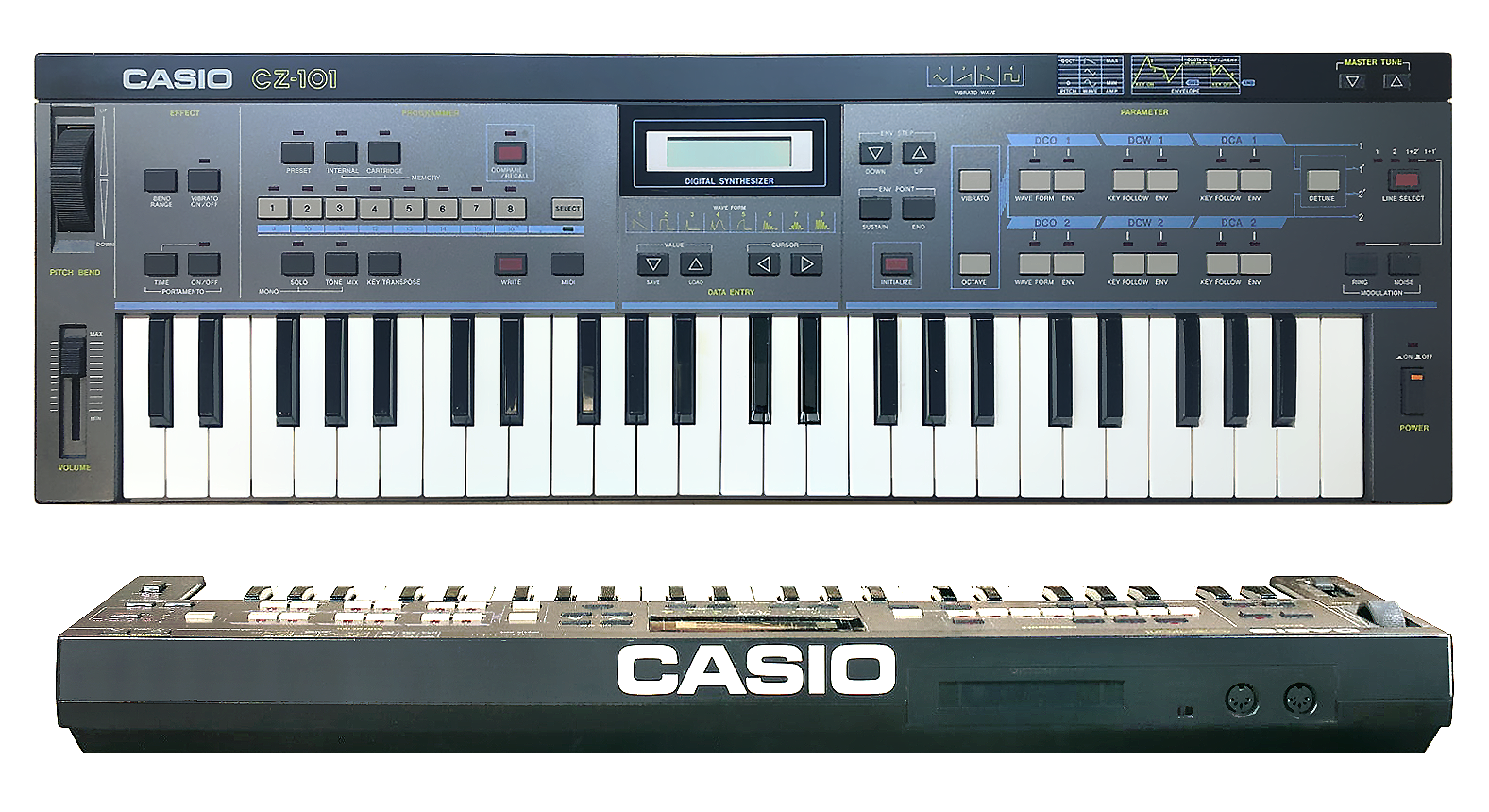
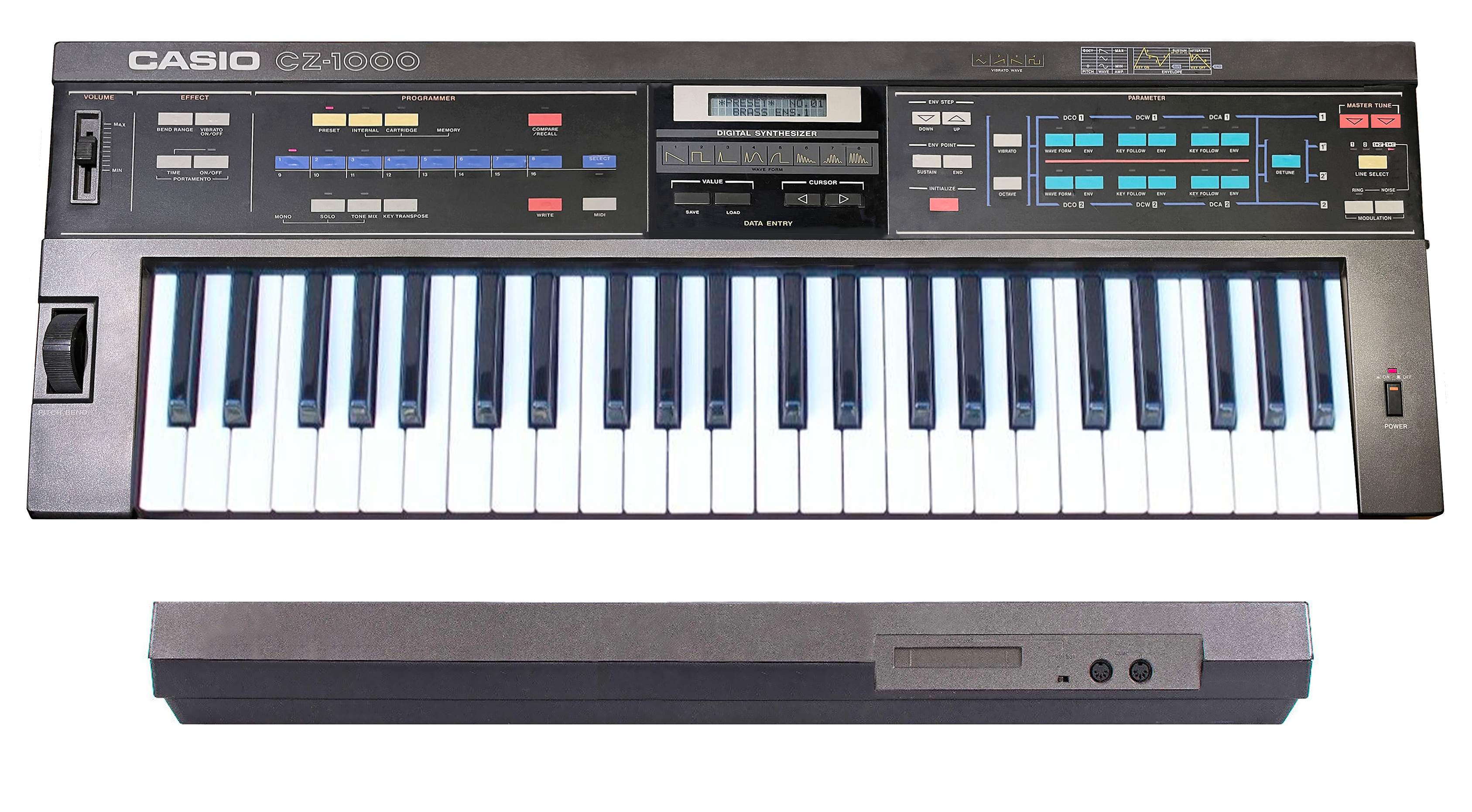
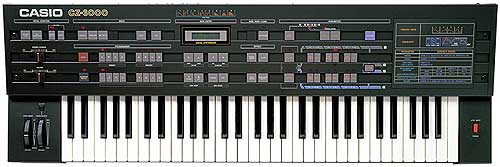



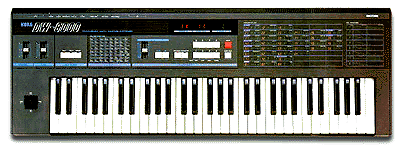
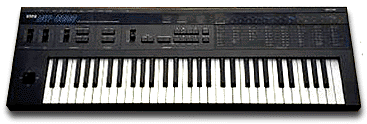
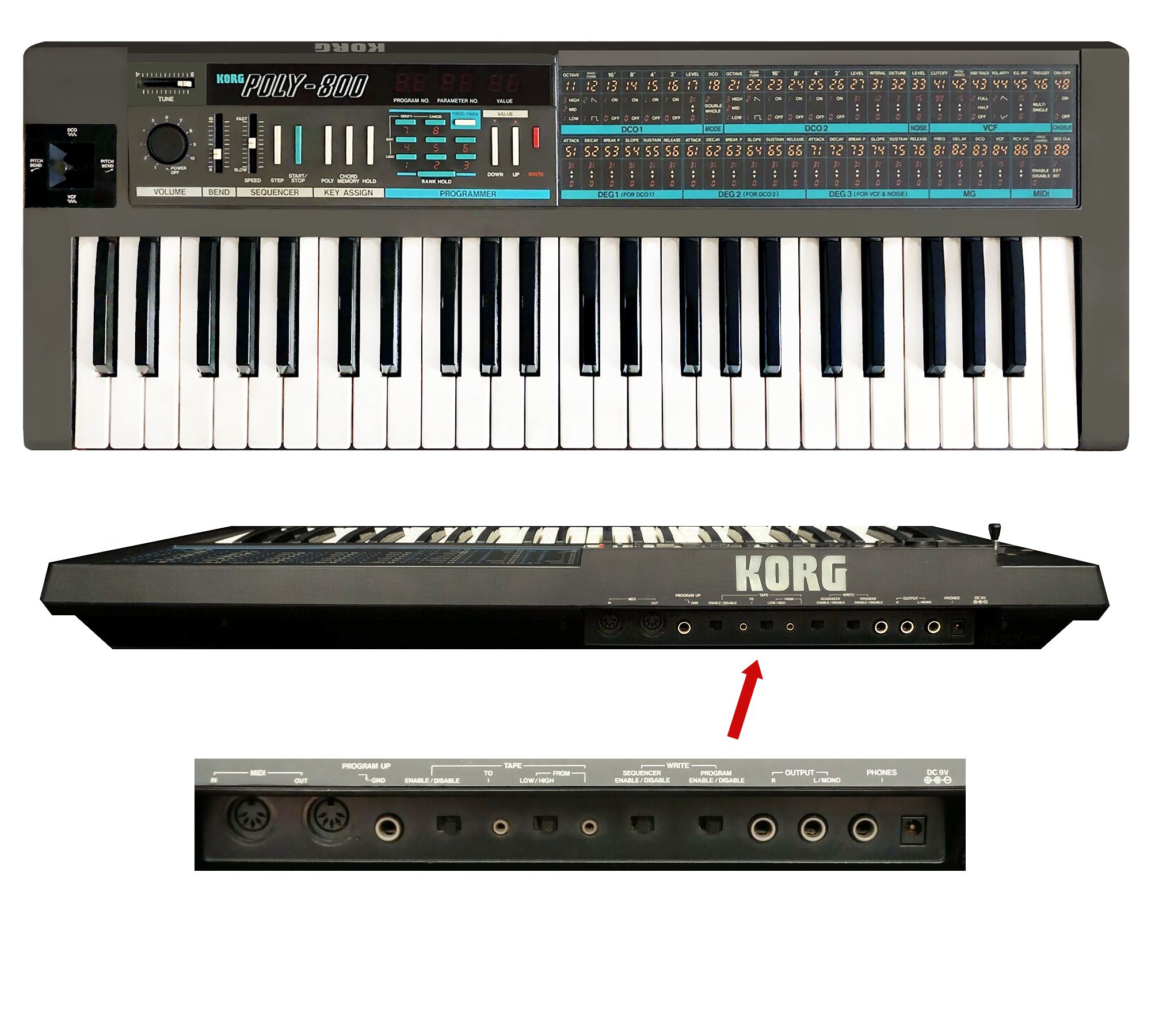



Read 25 comments
Add review/comment